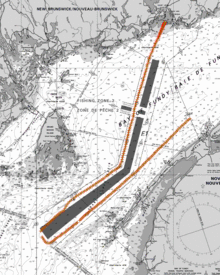 |
Fundy Oceanographic Transect CCGS Frederick G. Creed August 3rd 2006 John E. Hughes Clarke Ocean Mapping Group University of New Brunswick |
 |
Fundy Oceanographic Transect CCGS Frederick G. Creed August 3rd 2006 John E. Hughes Clarke Ocean Mapping Group University of New Brunswick |